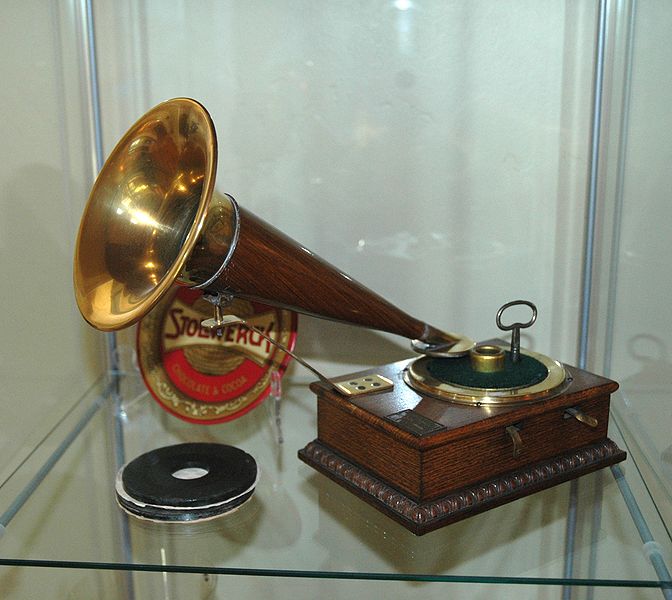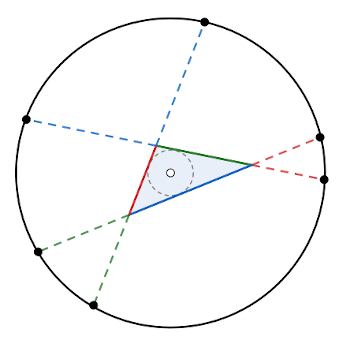For his 2010 film The Clock, video artist Christian Marclay compiled hundreds of movie and television clips that feature clocks or timepieces. He arranged these in order and set the total running time to 24 hours, so the piece itself functions as a clock — if it’s started at the right moment and run as a loop, the time references on the screen will correspond to the correct time in the theater.
Some oddities: There’s no clock face shown at 2:50 a.m. — instead a character in Night of the Living Dead says, “It’s ten minutes to three.” In his review in the Guardian, Peter Bradshaw notes that there are droll shots of sundials in period movies. And “There is an ambiguous moment from Easy Rider in which Peter Fonda looks at his watch (showing 11:40am) and throws it away. It appears to have stopped.”
The film toured art museums for eight years, finishing in 2017 in São Paulo.




